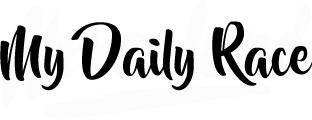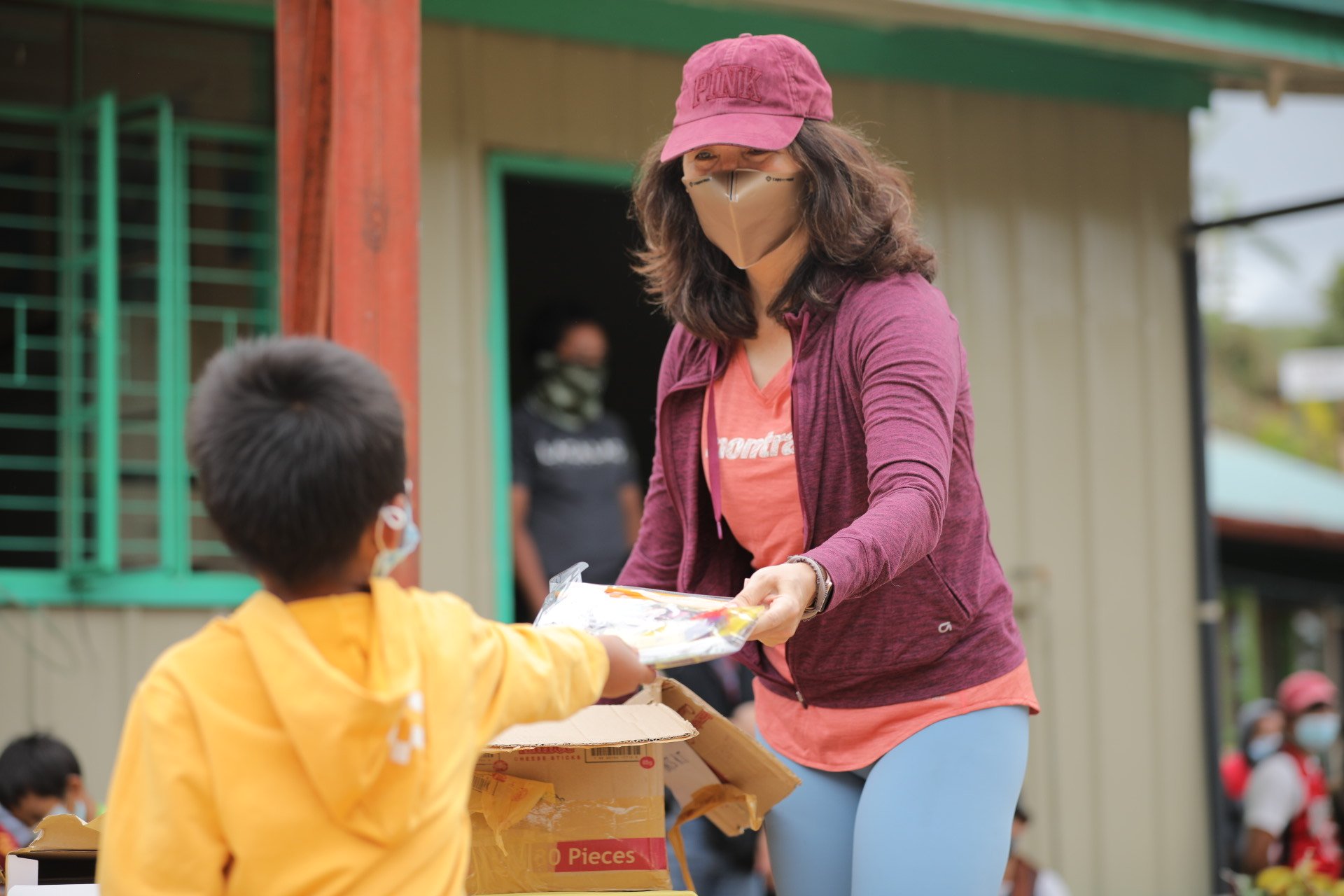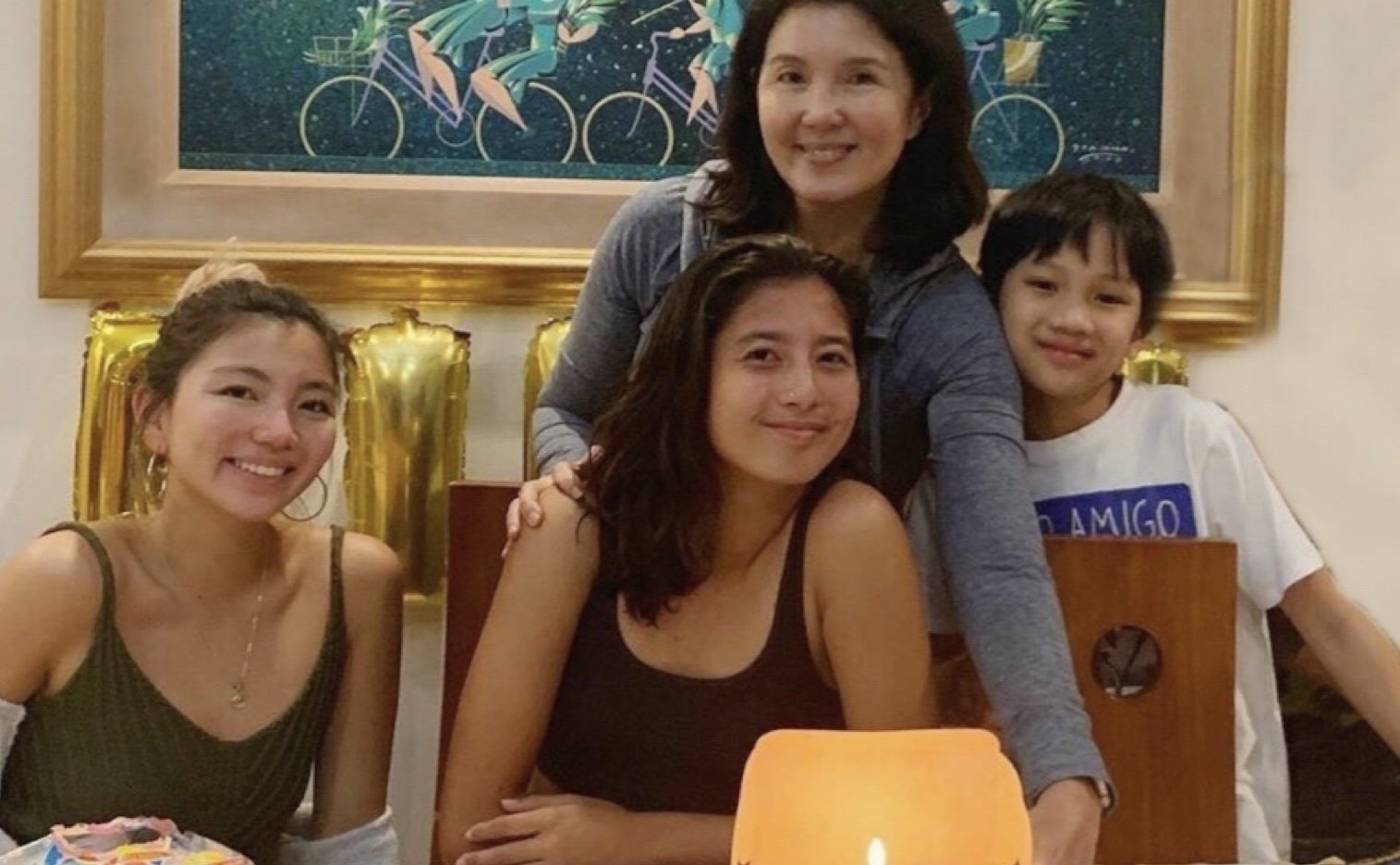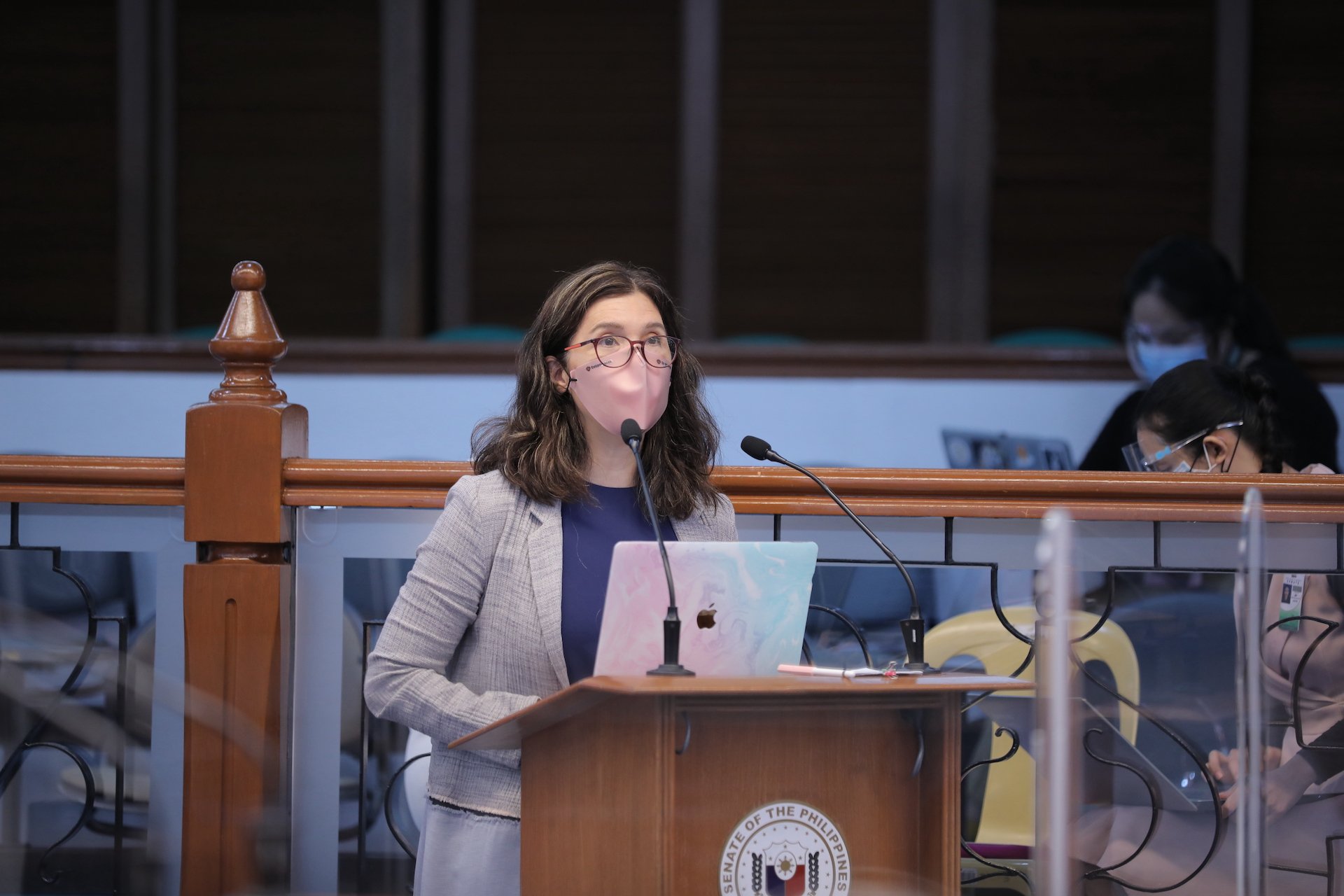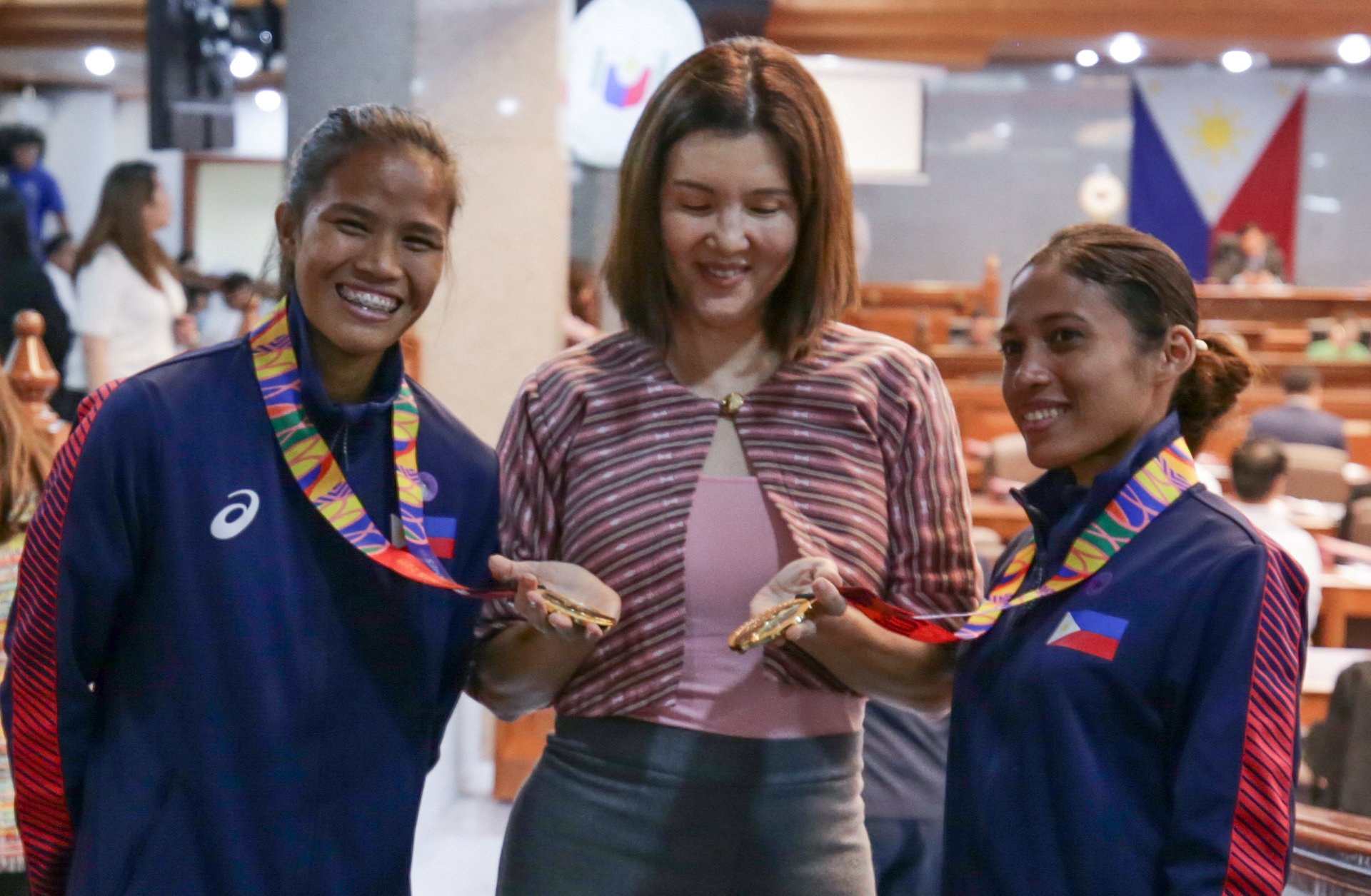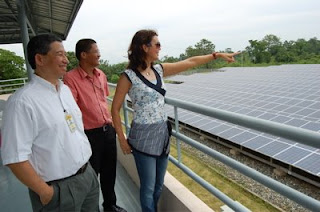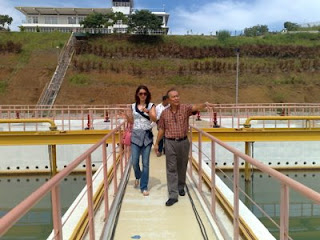I never thought I would find myself in Ethiopia. But then again I never imagined I would be a senator. So, here I am a senator representing the Philippines and presiding over the meetings of women parliamentarians of the Inter-Parliamentary Union (IPU). I was elected President last year in South Africa and as such, travel quite a bit ensuring that there is a gender perspective in the discussion of all issues, whether it be climate change or the global financial crisis.
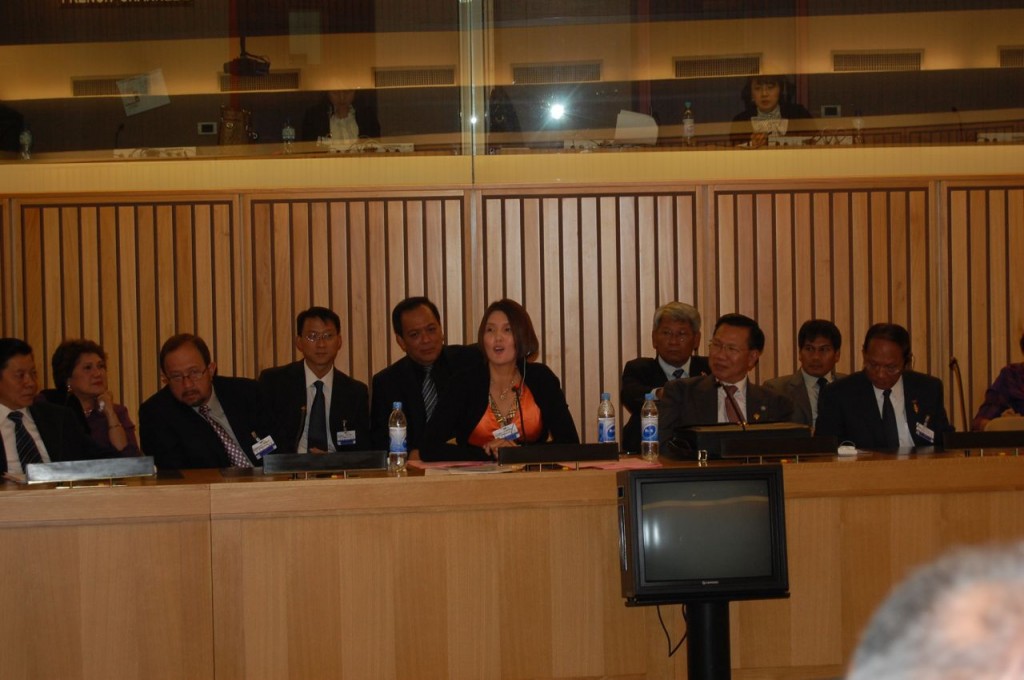
The IPU’s philosophy is that true democracy can only be achieved when men and women work as partners in the governance of their countries. Thus, the IPU provides a fora for the discussion and exchange of ideas on a wide range of topics among women parliamentarians. It also initiates meetings and discussion panels that promote the participation of women in the political process.
The Meeting of Women Parliamentarians took place on Sunday, April 5, 2009, the highlights of which were:
The financial crisis and its effect on women:
What was noteworthy was the consensus that women and children are the ones primarily hit by the financial crisis. Food supply is affected, budgets for and access to health care and social services are at risk. Women, being the homemakers are the first to feel and suffer these effects. The women parliamentarians voiced their concern that any discussion and eventual solution to this crisis should include a gender perspective.
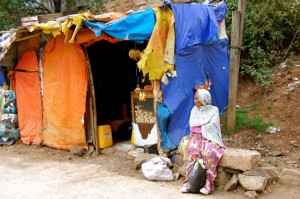
Climate Change, sustainable development models and renewable energies:
The women broke up into two groups to debate this topic from a gender perspective. The first group focused on climate change and the second group on renewable energies. This was a very interesting topic and I found myself rushing from one conference room to another to participate and get as much from both discussions as I could. I will blog about this separately.
Debate on Women in politics. This session began with a report tracking the number of women in parliaments around the world and highlighting progress and setbacks. The floor was then opened for interventions. I shared my ideas on the progress and setbacks in the Philippines which I believe is similar in many countries.
Other topics of interest were:
Countdown 2015: Millennium Development Goals.
One of our panel discussions was on the Countdown 2015. This is a program involving UNICEF, WHO and various partners that monitors the progress of different countries in achieving the millennium development goals. Like the Philippines, Ethiopia is on target to meet goal no. 4 which is the reduction of the child mortality rate. Both the Philippines and Ethiopia are not on target for goal no. 5, which is maternal mortality rate. I have been working on this in the senate and will report on this again soon.
After this session, I joined some of the parliamentarians in visiting a health center as part of the immersion program of the World Health Organization.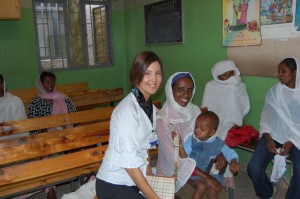
Adolescent Girls: The girls left behind?
The panelist presented the sad reality that adolescent girls are vulnerable to gender-based discrimination and gender inequalities. They are exposed to violence in the very places where they are suppose to be protected their homes, communities and schools. They are also at risk to HIV/Aids and other sexually transmitted diseases. Adolescent girls, as first time mothers also are high risks for maternal mortality. I participated in this discussion and brought up the plight of our adolescent girls who are victims of abuse in their own homes, particularly where the mothers are away at work or OFWs.
Gender Partnership Group.
The Gender Partnership Group of which I am a member, monitors the number of women in parliaments around the world. They likewise track the attendance of women parliamentarians at the IPU and meet with the representatives of countries that don’t have women parliamentarians with the objective of understanding what the obstacles are and providing assistance to promote women’s involvement in their parliaments.
Meeting with representatives of the US Congress:
I had the pleasure of meeting representatives of the US Congress. Believe it or not, the US has not been a member of the IPU for about a decade. My task was to present to them the work of the women parliamentarians at the IPU. One of the US representatives Nancy Wilson talked about the welfare code she drafted when she was a Senator under Bill Clinton’s administration. She will be sending me more information on this.
Meeting Lucy, the first homo sapien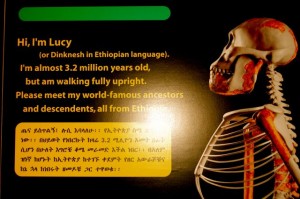
The Ethiopians take pride in being one of the cradles of human life. Thus, their theme: Ethiopia: Where it all began. I made sure that I visited their national museum, which turned out to be the only downtime activity I had. The exhibit of fossils found in excavation sites in Ethiopia and the explanations were very interesting.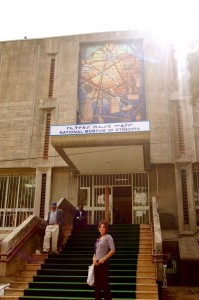
The full report of my work in the IPU will be on my official website soon.
